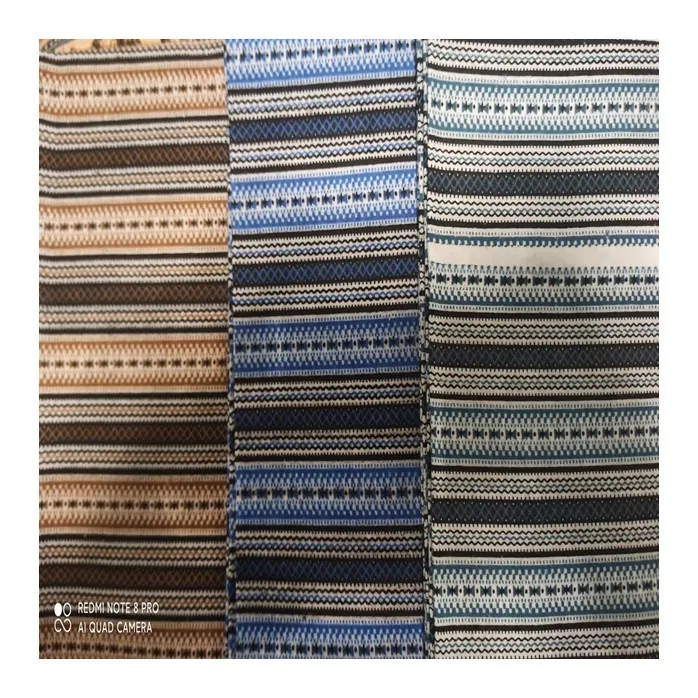
- Afrikaans
- Albanian
- Amharic
- Arabic
- Armenian
- Azerbaijani
- Basque
- Belarusian
- Bengali
- Bosnian
- Bulgarian
- Catalan
- Cebuano
- Corsican
- Croatian
- Czech
- Danish
- Dutch
- English
- Esperanto
- Estonian
- Finnish
- French
- Frisian
- Galician
- Georgian
- German
- Greek
- Gujarati
- haitian_creole
- hausa
- hawaiian
- Hebrew
- Hindi
- Miao
- Hungarian
- Icelandic
- igbo
- Indonesian
- irish
- Italian
- Japanese
- Javanese
- Kannada
- kazakh
- Khmer
- Rwandese
- Korean
- Kurdish
- Kyrgyz
- Lao
- Latin
- Latvian
- Lithuanian
- Luxembourgish
- Macedonian
- Malgashi
- Malay
- Malayalam
- Maltese
- Maori
- Marathi
- Mongolian
- Myanmar
- Nepali
- Norwegian
- Norwegian
- Occitan
- Pashto
- Persian
- Polish
- Portuguese
- Punjabi
- Romanian
- Russian
- Samoan
- scottish-gaelic
- Serbian
- Sesotho
- Shona
- Sindhi
- Sinhala
- Slovak
- Slovenian
- Somali
- Spanish
- Sundanese
- Swahili
- Swedish
- Tagalog
- Tajik
- Tamil
- Tatar
- Telugu
- Thai
- Turkish
- Turkmen
- Ukrainian
- Urdu
- Uighur
- Uzbek
- Vietnamese
- Welsh
- Bantu
- Yiddish
- Yoruba
- Zulu
Jan . 13, 2025 16:32
Back to list
Tc 80/20 110x76 44 Inches Poplin Solid Dyed Fabric Close Selvage
When considering fabrics, the cotton and polyester blend stands out due to its unique combination of properties that cater to both everyday and specialized applications. This hybrid fabric has become an integral component in various sectors, seamlessly blending comfort, durability, and economic value.
Choosing the right blend ratio is crucial. A higher cotton content often means increased comfort and breathability, suitable for everyday casual wear. Conversely, a greater polyester composition can result in fabrics that are more crease-resistant and durable, ideal for uniforms or activities requiring durability. This dynamic selection of blends available in the market reflects the growing consumer focus on personalized and situation-specific garment performance. The cotton and polyester blend is not just a staple in apparel; it extends into various commercial and industrial sectors. For instance, in the hospitality industry, where linen longevity and ease of maintenance are crucial, these blends provide long-lasting, easy-care solutions. Similarly, in the realm of office wear, such fabrics offer professionals wrinkle-free comfort that lasts throughout the day, enhancing productivity by reducing the need for frequent garment adjustments or pressing. Healthcare settings also benefit, as the blend provides sanitary garments that withstand high-temperature washes—a necessary feature for ensuring hygiene while providing comfort for long shifts. The blend's popularity continues to rise as it meets diverse requirements across various sectors, driven by consumer expectations for quality, practicality, and sustainable options. By offering an ideal balance between natural and synthetic characteristics, cotton and polyester blend fabrics have cemented their presence in the textile industry, proving that harmony between comfort, functionality, and environmental consideration is attainable. Manufacturers and consumers alike appreciate these qualities, ensuring the blend maintains an essential role in fabric innovation for the future.


Choosing the right blend ratio is crucial. A higher cotton content often means increased comfort and breathability, suitable for everyday casual wear. Conversely, a greater polyester composition can result in fabrics that are more crease-resistant and durable, ideal for uniforms or activities requiring durability. This dynamic selection of blends available in the market reflects the growing consumer focus on personalized and situation-specific garment performance. The cotton and polyester blend is not just a staple in apparel; it extends into various commercial and industrial sectors. For instance, in the hospitality industry, where linen longevity and ease of maintenance are crucial, these blends provide long-lasting, easy-care solutions. Similarly, in the realm of office wear, such fabrics offer professionals wrinkle-free comfort that lasts throughout the day, enhancing productivity by reducing the need for frequent garment adjustments or pressing. Healthcare settings also benefit, as the blend provides sanitary garments that withstand high-temperature washes—a necessary feature for ensuring hygiene while providing comfort for long shifts. The blend's popularity continues to rise as it meets diverse requirements across various sectors, driven by consumer expectations for quality, practicality, and sustainable options. By offering an ideal balance between natural and synthetic characteristics, cotton and polyester blend fabrics have cemented their presence in the textile industry, proving that harmony between comfort, functionality, and environmental consideration is attainable. Manufacturers and consumers alike appreciate these qualities, ensuring the blend maintains an essential role in fabric innovation for the future.
Latest news
-
The Versatility and Elegance of White Cotton Poplin FabricNewsJun.23,2025
-
The Luxurious Comfort of Carded CottonNewsJun.23,2025
-
Explore the Luxurious Comfort of Cotton Flannel ClothNewsJun.23,2025
-
Discover the Versatility of Cotton Poplin ClothNewsJun.23,2025
-
Bleach Cotton FabricNewsJun.23,2025
-
100 Cotton BlendNewsJun.23,2025
-
Versatile Elegance with Poplin Fabric for SaleNewsMay.15,2025
